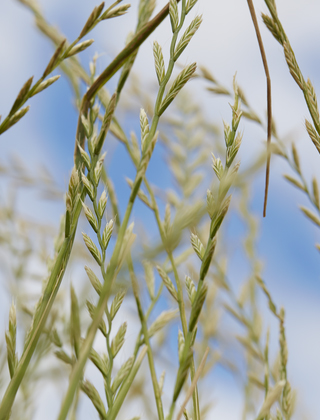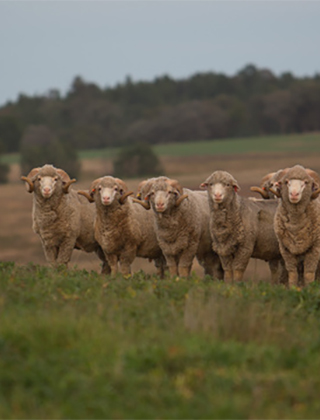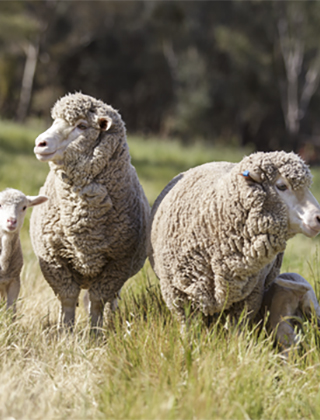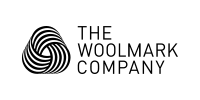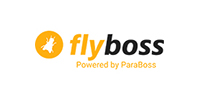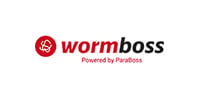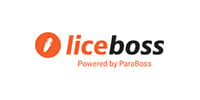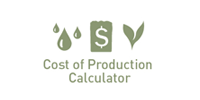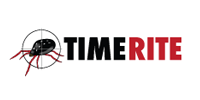Setting up for reproductive success
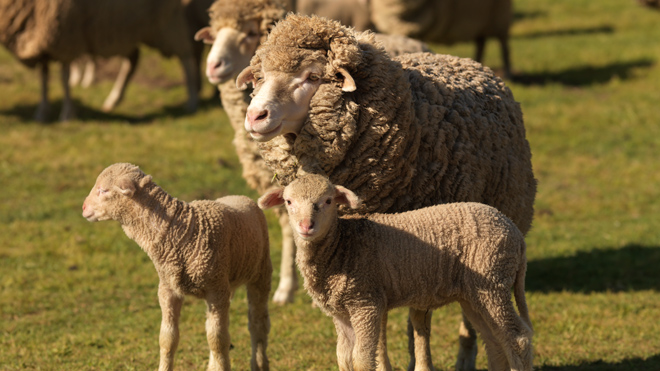
Are you looking for a refresher on the best ways to improve the reproductive performance of your flock? AWI has launched a new half-day workshop that is a one-stop-shop for the latest research, benchmarks, targets and tools for all things repro.
Lifting the lifetime reproductive performance of a sheep flock is a key way woolgrowers can increase the productivity and profitability of their business.
Key opportunities exist within all the major reproduction checkpoints along the year, such as joining, pregnancy scanning, lambing, lamb marking and weaning.
AWI’s new workshop, AWI Repro Masterclass™, focuses on improving reproductive performance and important management practices throughout the annual ewe reproductive cycle.
The workshop is suitable either for woolgrowers who’ve been in the industry for a long time and would like a refresher and update on repro research and on-farm targets, and also for youngsters interested in learning about this key profit driver in wool enterprises.
The first of these half-day workshops were delivered in Tasmania in February and NSW in March. Attendees dived into the latest research, benchmarks, targets, and tools, covering key timing and actions for reproduction success.
As well as learning about the importance of balancing enterprise priorities, the workshop covers the fundamentals of ram health and performance, conception rates, managing weaners to first joining, making the most of pregnancy scanning, joining ewe lambs, managing twin- and triplet-bearing ewes, optimising lamb survival, year-on-year improvement, and more.
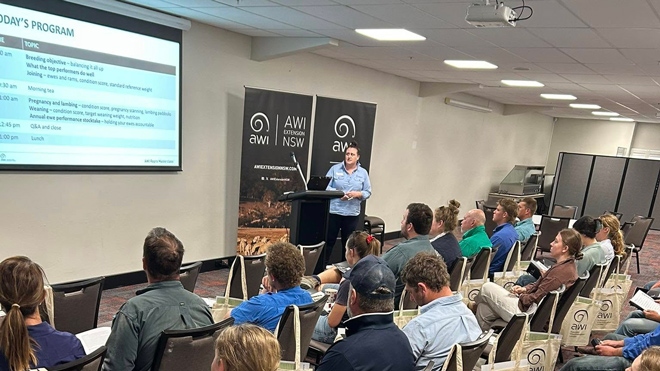
Three AWI Repro Masterclass workshops were held in NSW in March. Pictured is AWI National Extension Manager Emily King at the workshop held in Young.
At the workshops, AWI National Extension Manager, Emily King, set the scene with an opening presentation on balancing priorities to breed the most profitable sheep for a given environment, and emphasised the importance – and profitability outcomes – of lifting the reproductive efficiency of Merino ewes.
“Increasing the productivity of a flock will increase net profit, however more importantly, variability within enterprise can exceed the variability between enterprises by a magnitude of nearly four times,” Emily said.
“To improve financial performance over the medium- or long-term, the primary focus should be on enhancing the results of the existing enterprise rather than moving between enterprises.”
Key speaker, sheep industry consultant Dr Jason Trompf, then shared with woolgrowers what sets apart the top performers.
“Higher stocking rates, higher lambing percentages, and improved profits from surplus sheep and livestock trading are the key drivers for these leading producers,” Jason said.
Other typical strategies for top-performing sheep enterprises focus on managing seasonal variation, including:
- Later time of lambing – time to manage grazing and manipulate paddocks pre-lambing
- Higher reproduction rates – more surplus sheep to sell and quicker recovery from dry years
- Feed reserves on hand – sufficient feed on hand to feed through a failed season
- Higher proportion of farm cropped – higher summer carrying capacity and greater ability to defer grazing over the break
- Genotype fitness/robustness – easy care and easier to maintain liveweight
- Time of shearing – have plan to flex time of shearing on sale sheep to enable them to be sold early
- Sell surplus sheep early – sell the surplus sheep before they reduce summer feed reserves.
“The three ‘must dos’ to drive flock performance are scanning for multiples, condition scoring, and allocating feed based on reproductive status,” Jason added.
Key on-farm actions for growers
AWI Extension TAS Project Manager, James Tyson, provides readers with the key on-farm actions highlighted at the workshop:
Ewe nutrition is the cornerstone of reproductive performance: Ewe nutrition plays a critical role in driving both ewe performance and the lifetime performance of their progeny. Sub-optimal management at any stage of the reproductive cycle, which starts at joining and proceeds through lambing, weaning, and pre-joining, has a negative impact on production. Ewes in optimum condition throughout pregnancy produce lambs with higher wool production and finer wool throughout their lives. Maintaining appropriate condition scores through strategic feed management and supplementation is vital.
Strategic condition scoring: Condition scoring is the key management tool for assessing your ewes’ body reserves and making informed feeding decisions. Achieving condition score (CS) targets is linked to improved ewe reproduction, increased progeny fleece weight and lower fibre diameter, higher lamb survival, and more effective use of feed resources. Aim for CS 3 at pre-joining, at pregnancy scanning, pre-lambing for single-bearing ewes, and ewes at weaning, with higher targets for twin- and triplet-bearing ewes (CS 3.3 and CS 3.5, respectively) pre-lambing.
Optimise pre-joining preparation for conception: Ewes in better condition at joining generally conceive more lambs, with a target of CS 3 for Merinos. The recommended optimal joining length is 35 days (5 weeks) to cover two ovulation cycles, minimising the variation in lamb age and weaning weight. Additionally, maiden ewes should be at 80% of standard reference weight (SRW) at their first joining for reproductive success. Effective ram management, including pre-joining checks and maintaining rams at CS 3.5, is also crucial for optimal conception rates.
Leverage pregnancy scanning: Pregnancy scanning at day 80–90 after the rams went into the paddock is strongly recommended for its accuracy in determining pregnancy status and litter size. This allows for differential management of ewes based on their pregnancy status and the number of lambs they are carrying, leading to improved lamb and ewe survival, reduced risk of dystocia and pregnancy toxaemia, and better allocation of lambing paddocks to prioritise feed. Benefit-cost analysis has shown a significant financial return per scanned ewe when scanning for multiples and managing according to their pregnancy status.
Best-practice lambing management: Ewe nutrition during pregnancy and at lambing significantly impacts ewe and lamb survival. Meeting condition score targets at lambing based on litter size lifts birthweight and drives lamb survival. Feed on offer (FOO) targets of 1,100 kg DM/ha green feed for single-bearing ewes, and 1,500 kg DM/ha for twin-bearing ewes, will optimise survival. The lambing environment, including shelter to mitigate wind chill and appropriate stocking rates, are also key factors positively influencing lamb survival.
Effective weaning: Timely weaning (no later than 14 weeks from the start of lambing) is crucial for both weaner health and ewe recovery for the following joining. Weaning weight is a key driver of weaner survival, with target weaning weight (TWW) of 45% of the adult ewe flock SRW being best practice. Imprint feeding (introducing young sheep to supplementary feed alongside their mothers before weaning) is recommended to teach weaners that supplementary feed is safe to eat and ensure adequate feed intake post-weaning.
Monitoring and benchmarking performance: Undertaking an annual ewe performance stocktake is useful for determining the percentage of ewes that successfully reared a lamb and identifying areas for improvement. Lamb marking is then an opportunity to collect data on lamb and ewe survival, lamb marking percentage, percentage of ewes failed to rear a lamb, and paddock performance. Utilising enterprise benchmarks can further assist woolgrowers in assessing their performance against industry standards.
How do woolgrowers rate the workshop?
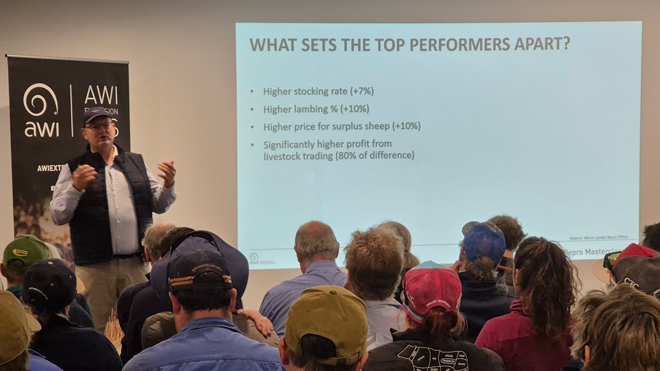
Dr Jason Trompf delivering the first AWI Repro Masterclass to a strong turnout of more than 40 attendees at Campbell Town in Tasmania in February.
AWI Extension Tasmania Project Manager, James Tyson, says the workshop at Campbell Town was extremely-well received by woolgrowers, with almost 90% of attendees learning something new that they planned to implement in their business.
“Evaluation from the workshop indicated many will be making changes around having clearer breeding objectives, managing ewe condition score for joining, managing twins and triplets separately, adjusting mob sizes, and pregnancy scanning for multiples,” James said.
"Of those that planned to make changes, nearly three-quarters said they were highly likely to make the change, which is very encouraging.
“This new workshop is a fantastic opportunity for woolgrowers to learn more about optimising the reproductive performance of their flock, and also acts as a pointer towards related AWI flagship workshops such as Picking Performer Ewes™, RAMping Up Repro™, Winning With Weaners™, and the nationally-accredited Lifetime Ewe Management™ course.”
Evaluation data from the recent AWI Repro Masterclasses:
- How satisfied were you with AWI Repro Masterclass? 8.83/10
- How valuable was the workshop in helping you manage your sheep business? 8.66/10
- How likely would you be to recommend the workshop to others? 9.19/10
- Did you learn something new at the workshop? Yes: 90.4%. No, but it reinforced what I am already doing: 9.6%. No: 0%
Is there an AWI Repro Masterclass workshop near me?
The AWI Repro Masterclass is available to woolgrowers through the AWI Extension Network in each state.
To find out when there is an AWI Repro Masterclass near you, or to register your interest in having an event in your region, we encourage you to contact the AWI Extension Network in your state and sign up to their free newsletter. The contact details of the AWI Extension Networks are available at www.wool.com/networks or call AWI on 02 8295 3100.
The AWI Repro Masterclass costs $50 and includes morning tea, lunch and resources. It runs from 9:00 am to 1:00 pm. Lunch is served from 1:00 pm and gives you the chance to catch up with other woolgrowers and the speakers, or simply grab and go.
Further information about the workshop, including links to 17 resources used or referred to in the workshop, is available on the AWI website at www.wool.com/repromasterclass
More information: www.wool.com/repromasterclass
This article appeared in the Winter 2025 edition of AWI’s Beyond the Bale magazine that was published in June 2025. Reproduction of the article is encouraged.






